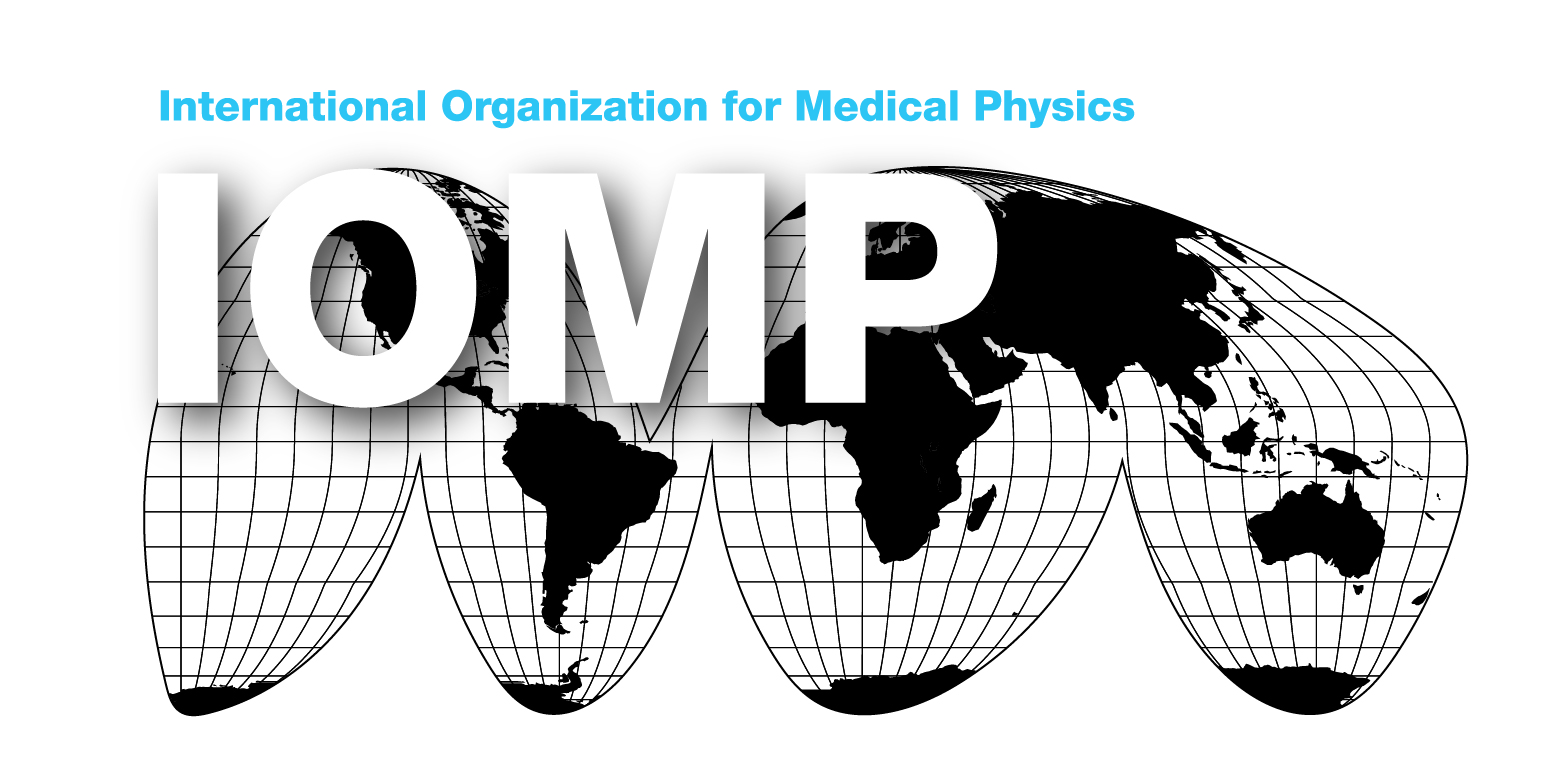An article by the past and current presidents of the association
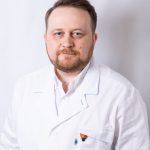

Sergii Luchkovskyi ![]() , Ruslan Zelinskyi
, Ruslan Zelinskyi ![]()
Presidents (past and current), Ukrainian Association of Medical Physics
Spizhenko Clinic, Kyiv, Ukraine
An article by the past and current presidents of the association
February 24, for every Ukrainian was a surprise and expected at the same time. Almost everyone understood that Russia would launch an open invasion, but not everyone expected a full-scale offensive across all borders. But after few hours it became clear about the scale of the offensive and so most hospitals and clinics decided to stop the planned procedures. In some centers, medical physicists have turned off equipment for conservation in the event of a power outage, which has happened later in some regions. According to data at the end of April [1], out of 55 centers where radiation therapy was conducted before the war, 13 were in the occupied territories and 2 centers were destroyed or severely damaged (one of them is the radiotherapy center in Mariupol where there were 3 Co-60 units, whose fate is unknown). For the first few weeks after the invasion, radiation therapy was not conducted in most of the centers where the fighting took place nearby. Radiation therapy at the Kyiv Children’s Hospital Okhmatdyt, however, did not stop and they continued treating patients all the time, as in few other centers. All this time, hospital staff, including medical physicists, lived in hospitals in basements or bunkers. This has become a typical picture for most hospitals.
After the retreat of the Russian army in late March from Kyiv region and the northeast of Ukraine, most centers in the area began to resume operations (some even a few weeks earlier). At the same time, the centers in central and western Ukraine did not stop working.
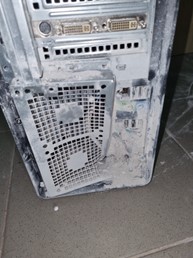 |
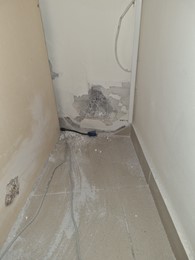 |
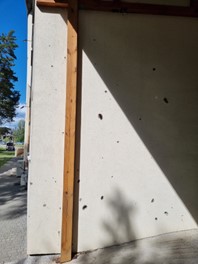 |
| a | b | c |
Figure 1: a) Destroyed TPS workstation, b) Inner wall that was hit by missile fragment, c) Outer wall that was hit by multiple missile’s fragments.
Since most of the centers were not affected, the resumption of work was not a big problem, except where there were long-term problems with electricity supply. For example, in our clinic, an MRI scanner is not working at the moment (due to helium lost), and its recovery is problematic. Of the 2 linear accelerators and 1 robotic radiosurgical system, none was affected, and comprehensive quality control tests were performed before their clinical use was resumed. At the same time, one of the treatment planning stations was destroyed by missiles fragments (Figure 1).
Today, most medical physicists have returned or continue to work in hospitals. Although they had or have problems with housing. In some hospitals, due to long breaks in work, the number of patients and the number of staff (the number of medical physicists) has decreased, and as a consequence salaries have decreased. The number of medical physicists who have gone abroad as a refugee is not significant.
Reference
- Price, P., Sullivan, R., Zubarev, M., & Zelinskyi, R. (2022). Radiotherapy in conflict: lessons from Ukraine. The Lancet Oncology. doi:10.1016/S1470-2045(22)00298-4
